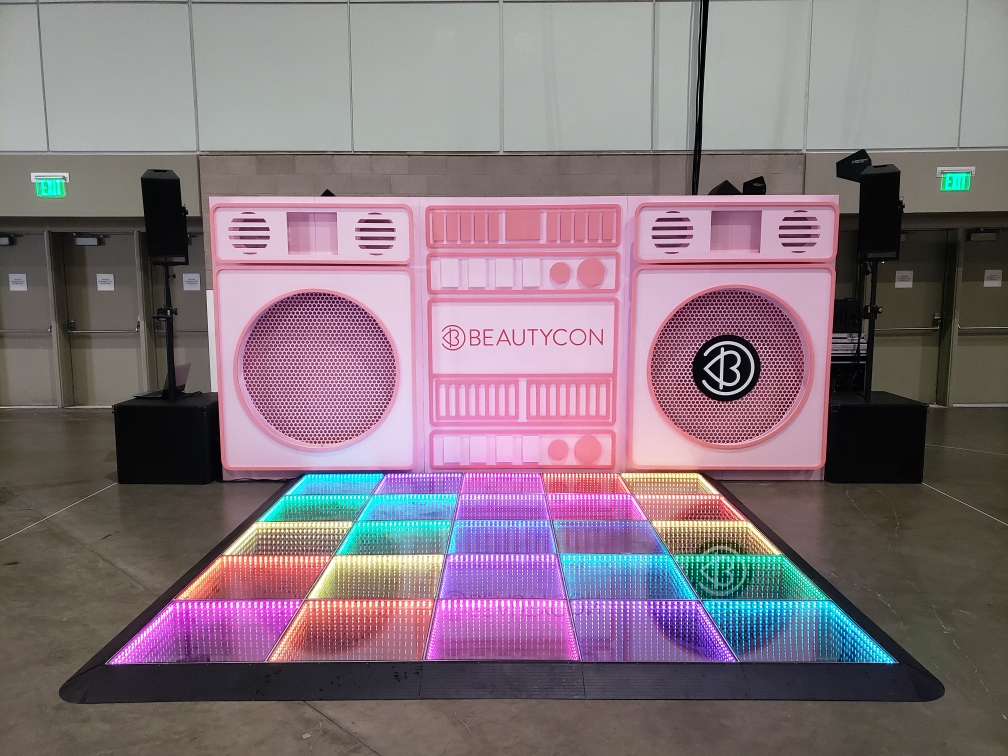Ensuring Protection and Enjoyment on the Dancing Floor: Recognizing and Reducing Common Dangers
Ensuring Protection and Enjoyment on the Dancing Floor: Recognizing and Reducing Common Dangers
Blog Article
Dancing is a well-liked activity that brings people collectively, regardless of at a gathering, a club, or a special event. However, although dancing can be a lot of fun, it is essential to maintain safety in mind. The dance floor can pose various hazards that may lead to accidents or mishaps if not managed appropriately. By identifying and preventing these common hazards, function organizers and dancers can ensure a secure and pleasant experience for everyone.
One of the most significant hazards on the dance floor is the risk of slipping up or falling. This can happen due to liquid accidents, uneven ground, or overcrowded spaces. To avoid these accidents, it is important to maintain a tidy and clear dance space. Event coordinators should frequently check the area for any leaks or debris and remove them up right away. Furthermore, making sure that the dance area is adequately lit can help dancers identify potential hazards, lessening the chances of falling. Dancers should also be mindful of their surroundings, avoiding crowded areas where they may be shoved or stumbled.
Another frequent problem on the dance floor is the possibility for injuries caused by overcrowding. When too many individuals gather in one area, it can lead to collisions, contusions, and even more serious injuries. To avoid overcrowding, venues should establish a limit capacity for the dance area and oversee it closely. Event organizers can use fencing or cords to create designated areas for dancing, which can help control crowd flow. Additionally, encouraging dancers Continue Reading to be this website conscious of their space and to respect others can create a more secure environment for everyone.
Injuries can also occur from improper footwear. Wearing shoes that are not appropriate for dancing can lead to slips, accidents, or foot injuries. Dancers should choose footwear that provides adequate support and grip. Event organizers can prompt guests to choose appropriate shoes by including this information in announcements or messages. Providing a place for dancers to keep their shoes can also help keep the dance area safe and clear from potential hazards.
Lastly, it is essential to recognize the importance of health and wellness on the dance area. Staying hydrated is important, especially during long periods of dancing. Dehydration can lead to lightheadedness, fatigue, and other health concerns. Event organizers should provide water stations or invite guests to carry water bottles. Additionally, it is vital for dancers to pay attention to their bodies and take pauses as necessary. By encouraging a healthy atmosphere, all can enjoy dancing while reducing the threat of health-related concerns.
In conclusion, ensuring security and pleasure on the dance floor requires awareness and preemptive measures. By recognizing hazards such as slips, overcrowding, unsuitable footwear, and health issues, event organizers and dancers can work together to create a safe environment. Implementing these actions not only prevents accidents but also improves the overall experience for everyone involved. With appropriate precautions, the dance area can remain a place of fun and community for all.